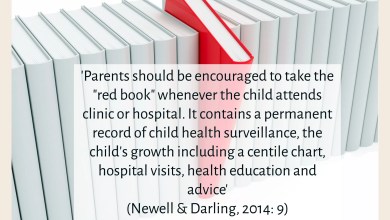
“At Pentland Medical, we are proud to introduce innovative new products to the UK healthcare system. Hemashock not only has the potential to save lives but improve the longer term outlook for survivors of cardiac arrest and severe shock. We are excited to be part of this journey and show that there is a better way which will lead to better outcomes for patients” – Jamie Munro, Pentland Medical
A new product in the UK market, the Hemashock from Pentland Medical, acts as an ‘autotransfusion tourniquet’ in cardiac arrest and hypovolemic shock. Rather than merely working as a tourniquet, these auto-transfusion tourniquets ‘sends blood from the legs to the core’. Here’s more about how this specific product works:
And here’s how it could look in practice for a solo-rescuer application (graphic only):

There is some limited evidence of the positive impact of this device. In one case of a PPH:
‘IV fluids and Pitocin 20 mg IV had no effect on bleeding or BP. An auto-transfusion tourniquet (A-TT), (HemaShock, OHK Medical Devices, Tirat Carmel, Israel) was placed on one of her legs. Within 1 minute blood pressure started to increase and heartrate slowed.’
Link to that article here.
Another case links survival from a presumed cardiac etiology to the application of this device. This is of course difficult to prove, and there are a number of variables that could have impacted the positive outcome – not just to ROSC (CPR quality, identification and/or treatment of other reversible causes, number of shocks) but also to discharge – in particular, target temperature management was used, something still under study and recently removed from Resuscitation Council guidelines following a lack of consistent evidence for its use. However, the article certainly reads convincingly – a patient who is in refractory VF, who swiftly develops ROSC following application of the device.
Here’s the link to that article.
In fact, in a clinical validation at one medical centre, the device appears to have resulted in a higher chance of ROSC in cardiac arrest patients who have had prolonged resuscitation and poor indicators for survival. Notably though, only one patient survived to discharge.
For further medical evidence relating to the product, please follow this link to the product page.
Of course, application of any new product comes with barriers, and as with most interventions we must ask if it is not only necessary but also if it causes any delay or depreciation in quality of the basic and most effective interventions in a medical arrest. This study investigated the use of auto-transfusion tourniquets during cardiac arrest and found that an effective team can deploy them without impacting CPR quality.
Limitations:
There are currently no large-scale clinical trials of this device, and the device does not appear to have been tested independently of other variables e.g. target temperature management in ROSC, which is another experimental area given its addition and subsequent removal from the Resuscitation Council guidelines. Additionally, despite auto transfusion tourniquets being investigated in the study above from a team-working perspective, the actual speed of application does not appear to have been examined, something which has been heavily investigated in ordinary tourniquets. Additional human factor elements should be considered here, too – the minimum staff numbers required for application, and the minimum training required for efficient application are both high-stake areas that require further investigation.
However, the product remains an intriguing dual-purpose device with demonstrable results, and one that adds a positive vision to the future of cardiac arrest management and hypovolemia.
Summary:

Please note, this article has been produced by a request from Innovel Medical. No financial or other incentive beyond mere site promotion has been involved, no practical exposure to the product mentioned has been experienced, and this article does not constitute a product recommendation. As always, Article 999 is disconnected from any employers the author works for (see the full disclaimer via the site menu).
Discover more from Article 999: Refresh, support, advance UK public health literacy & Paramedics (and similar roles).
Subscribe to get the latest posts sent to your email.







